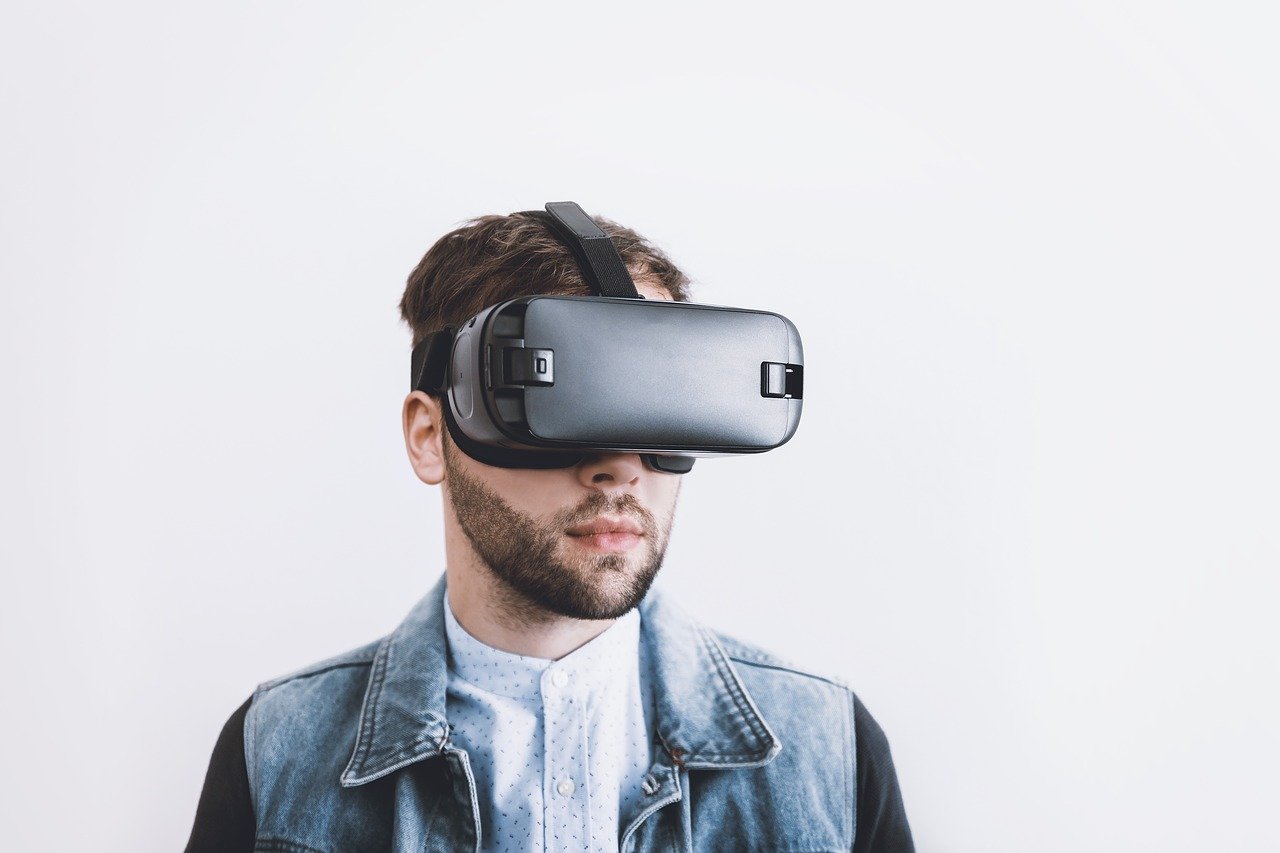 EMERGING TECH
EMERGING TECH
 EMERGING TECH
EMERGING TECH
 EMERGING TECH
EMERGING TECH
InstaVR Inc., a provider of web-based virtual reality authoring and publishing, today launched organizationwide academic pricing to give universities a more cost-effective way of using VR to provide remote learning and online classes during the coronavirus outbreak.
The nationwide COVID-19 pandemic has led to numerous statewide and citywide closures of schools and universities, leading to the mandate of online classes for the remainder of the semester for many. The use of VR in remote teaching enables a far more immersive method to provide information than its 2D counterpart, so it’s a way to allow students to experience the classroom more closely without being there.
To accommodate this increasing need at the university level, InstaVR is now offering universitywide subscriptions for unlimited users at its single-user subscription price of $199 per month. This offer is available immediately to organizations with approved academic email domains, such .edu.
That means that if an academic institution has 10,000 students, the cost to the organization would be about two cents per month.
“We recognize the challenges of teaching higher education students remotely,” said Daniel H. Haga, founder and chief executive of InstaVR. “Virtual Reality helps create a more educational and immersive experience for students. It’s also a great technology for students to learn to use themselves, as forward-thinking workplaces have already incorporated VR into their daily environments.”
InstaVR provides a no-code, drag-and-drop, web-based editor that can be used by any professor or student, enabling the rapid production of VR experiences based on class syllabus with little initial training, the company said. That makes the platform suitable for academic organizations that have suddenly been thrust into a greatly increased need for remote learning.
With a 360-degree camera and a classroom, now empty because of the coronavirus outbreak, a professor can quickly put together a lesson and speak to students, who can then don a VR headset and feel like they’re actually sitting in a seat. They will be able to turn their heads and see seats around them, the professor at the front of the room like the real thing, and even view the whiteboard.
Unlike an actual classroom, though, the professor will also be able to insert virtual 3D objects into their view and manipulate them (as could the students) while the lecture is going on.
InstaVR also makes it possible for faculty to use VR software to create their own virtual environments, which do not need to be classrooms, which could further enhance distance learning by putting students into a space appropriate to their discipline. Imagine an astrophysics class taking place on the surface of the Moon with the Earth rising slowly in the background, stars appear between the avatar of the professor and the student shrunk down to manageable size, as their lifecycle is explained using 3D models imported from teaching software.
Students forced to stay away from campus and away from their peers need not suffer from a lack of focus from not having a classroom environment with access to VR learning.
“Coronavirus has unfortunately altered the way learning takes place,” said Haga. “The classroom of the future, driven by immersive virtual reality, is sadly becoming a reality much faster. Hopefully, our platform and academic tier pricing helps universities with that transition.”
Additionally, InstaVR recognizes that university campuses may be suffering from travel restrictions being placed on potential new students. As a result, colleges can use universitywide InstaVR access to create virtual tours in VR using 360-degree cameras for students while they can no longer physically visit.
Support our mission to keep content open and free by engaging with theCUBE community. Join theCUBE’s Alumni Trust Network, where technology leaders connect, share intelligence and create opportunities.
Founded by tech visionaries John Furrier and Dave Vellante, SiliconANGLE Media has built a dynamic ecosystem of industry-leading digital media brands that reach 15+ million elite tech professionals. Our new proprietary theCUBE AI Video Cloud is breaking ground in audience interaction, leveraging theCUBEai.com neural network to help technology companies make data-driven decisions and stay at the forefront of industry conversations.